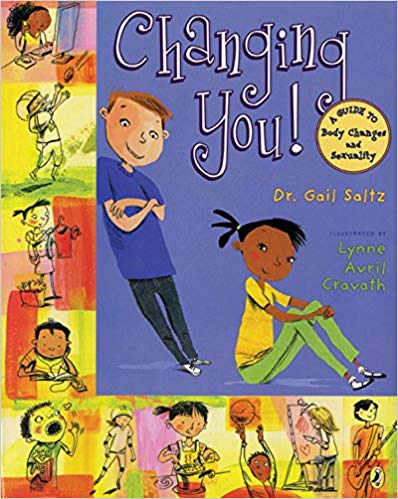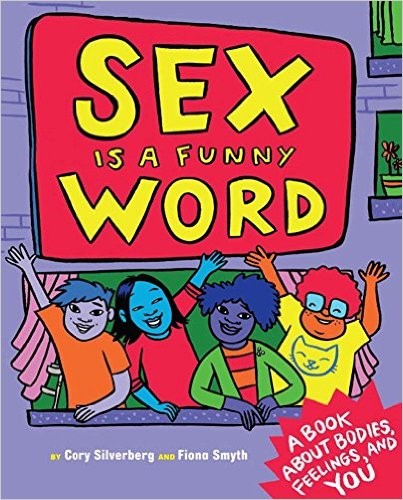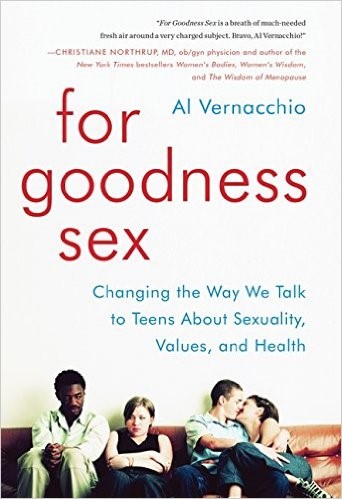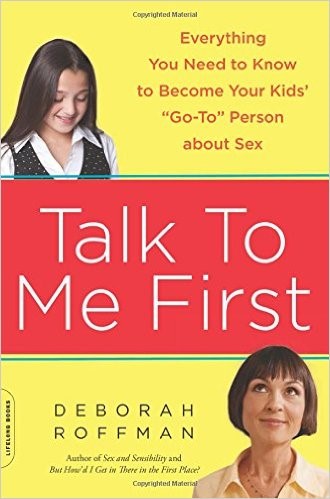Gender Identity: Gender Roles and Stereotypes
This video focuses on gender role stereotypes, touching on the history of traditional gender roles for people born male or female. It goes over how gender role stereotypes affect ideas of beauty and how boys and girls can act according to these stereotypes. The video also explains how gender roles affect how people display emotions. Finally, it explains how expectations of gender roles have changed over time – now, more and more people are able to be true to who they are. [AMZ-072]
Youth
Do you ever feel like you are expected to act a certain way because you are a girl or a boy? There have traditionally been clear and sometimes unfair roles for boys/men and girls/women. For example, if you were a boy, maybe you were told not to cry and expected to be strong and athletic. If you were a girl, you may have been told you should be nice or be good at things like cooking and cleaning. These rules about how boys/men and girls/women should act are gender role stereotypes. While some girls might like to care for people or some boys might like sports, gender role stereotypes can prevent people from doing those things they enjoy. What if you’re a girl who loves sports or a boy who feels emotional and cries sometimes?
People have occasionally felt pressure to act or look a certain way based on their gender. This pressure can make people unhappy, if they are being asked to be or act in a way that does not match who they really are. Today people have more freedom than ever to express themselves in ways that feel true to who they are, regardless of their gender.
FAQs
Yes, there are totally more than two genders! Some people identify as a gender that is not male or female, some identify as more than one gender, and some people don’t identify as any gender.
It’s okay if you can’t identify a person’s gender when you first meet. It’s more important not to judge someone based on the gender that person uses to identify themselves.
We usually assume people’s gender identity based on how they look or dress, but some people’s gender identity may not match how they look or dress. In some situations, when you’re not sure how someone identifies, it’s okay to say, “I want to be respectful of how you identify, so could you tell me which pronoun you prefer I use?” This gives the person an opportunity to tell you their pronoun (he, she or another word).
Lots of people have qualities that are associated with a different gender. If you feel like your gender identity does not fit neatly into a boy or girl category, that’s okay. You may choose to dress or style your hair in a way that matches how you feel. As you figure out what feels right for you, seeking the support of a trusted adult can be extremely helpful!
If you feel like your body does not match how you feel inside, then you should definitely talk to an adult you can trust. People who feel like their bodies do not match how they feel inside may identify as transgender or trans. You can get help figuring out how to have what you feel inside reflected on the outside with the help of trusted adults, like parents, counselors and doctors.
Parents
Gender role stereotypes are a society’s expectations about how a person should behave based on their gender. These stereotypes can vary vastly from country to country. In the United States, traditional gender roles harken back to a time when there were clear ways men were expected to behave (i.e., strong, non-emotional, competent, hypersexual, athletic and aggressive) and women were expected to behave (i.e., kind, nurturing, especially loving toward children, domestically competent and emotional).
Research has shown that adherence to strict or traditional gender roles can actually be harmful as children learn from an early age that girls are supposed to hide their intelligence so they don’t intimidate boys or boys are supposed to hide their vulnerability. These strict traditional gender roles do girls/women and boys/men a disservice. Girls are dehumanized by sexual objectification, which allows for the easy justification of violence against girls and women. Additionally, strict gender role stereotypes also limit and harm men by denying their ability to be empathetic, nurturing or vulnerable.
Gender role stereotypes not only inform how people should behave, but also what they should look like. Expectations about looks or standards of beauty for men/boys and women/girls are perpetuated in popular media, such as TV, movies, internet, magazines, etc. People, including youth, go to great lengths to change their bodies to conform to these unrealistic ideals via dieting, plastic surgery, obsessive exercise, etc.
As times have changed, so too have gender roles, freeing people to behave in ways that are authentic to who they are, instead of based solely on their gender. Parents can support their children by allowing them to express their gender in ways that feel right for them. Parents can also support sex education programs in schools that address gender and power. A review of effective sexuality education programs revealed that sex education programs that address gender and power are more effective than those that don’t.
CONVERSATION STARTERS
We all live in a gendered world, and most young people have been getting messages about gender roles since the moment they were born and swaddled in a pink or blue blanket. It is important that young people’s particular expression of their gender identity not be forced to align with gender roles that may not match who they are. These conversation starters are ways to make sure your child feels comfortable asking questions and talking with you about gender roles and stereotypes.
It seems like it’s not easy when someone expresses their gender in a way that people don’t understand. What do you think?
Have you ever seen someone teased for being too much like a girl or too much like a boy? How did that make you feel? What did you do?
Educators
Gender role stereotypes are a society’s expectations about how a person should behave based on their gender. These stereotypes can vary vastly from country to country. In the United States, traditional gender roles harken back to a time when there were clear ways men were expected to behave (i.e., strong, non-emotional, competent, hypersexual, athletic and aggressive) and women were expected to behave (i.e., kind, nurturing, especially loving toward children, domestically competent and emotional).
Research has shown that adherence to strict or traditional gender roles can actually be harmful as children learn from an early age that girls are supposed to hide their intelligence so they don’t intimidate boys or boys are supposed to hide their vulnerability. These strict traditional gender roles do girls/women and boys/men a disservice. Girls are dehumanized by sexual objectification, which allows for the easy justification of violence against girls and women. Additionally, strict gender role stereotypes also limit and harm men by denying their ability to be empathetic, nurturing or vulnerable.
Gender role stereotypes not only inform how people should behave, but also what they should look like. Expectations about looks or standards of beauty for men/boys and women/girls are perpetuated in popular media, such as TV, movies, internet, magazines, etc. People, including youth, go to great lengths to change their bodies to conform to these unrealistic ideals via dieting, plastic surgery, obsessive exercise, etc.
As times have changed, so too have gender roles, freeing people to behave in ways that are authentic to who they are, instead of based solely on their gender. Adults can support children by allowing them to express their gender in ways that feel right for them. Educators in particular can use sex education curricula that address gender and power. A review of effective sexuality education programs has revealed that sex education programs that address gender and power are more effective than those that don’t.
National Sex Education Standards
Discuss the range of ways people express their gender and how gender-role stereotypes may limit behavior
Discuss the range of ways people express their gender and how gender-role stereotypes may limit behavior
Describe gender-role stereotypes and their potential impact on self and others
Analyze the potentially positive and negative roles of technology and social media on one’s sense of self and within relationships
International Technical Guidance on Sexuality Education
Discussion Questions
- What are some traditional gender roles shown in the video?
- How might people express their gender in ways that don’t match traditional gender roles?
- How do you think it would feel to be able to express your gender in a way that doesn’t match traditional gender roles? Why?
- What are some things you can do if you see a person being bullied for expressing their gender in a way that does not match traditional gender roles?




